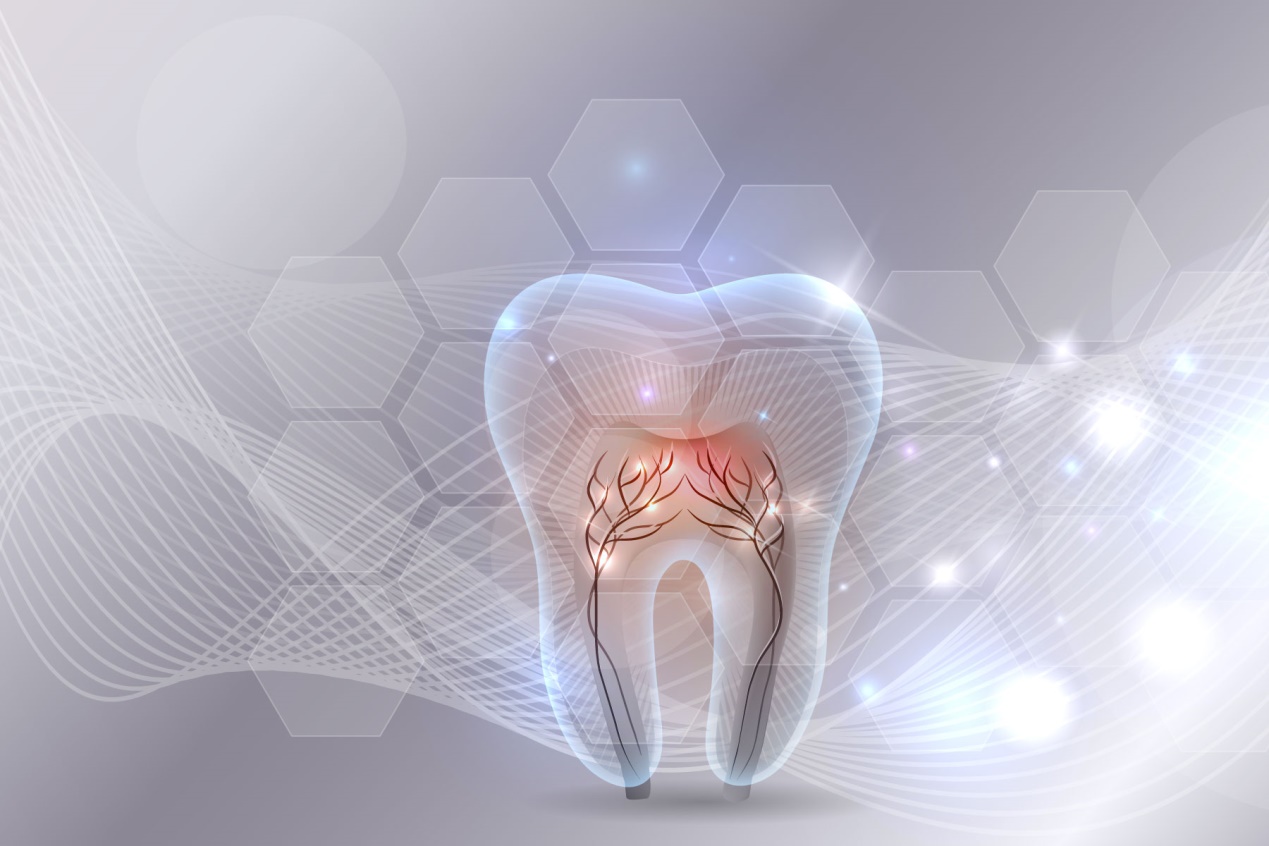
Gel that makes teeth repair themselves
Tooth enamel can now be made to repair itself by applying a special gel. The product could save people from developing cavities that require dental fillings.
Enamel is the hard, protective layer on the outside of teeth. It can be worn down by mouth acid and repeated chewing, leading to cavities that have to be plugged with fillings to prevent further decay.
Because fillings are made from foreign materials like metal, porcelain and resin, they don’t bind seamlessly to the tooth surface and often become loose.
To overcome this problem, researchers made a gel containing calcium and phosphate – the building blocks of real enamel – to try to encourage teeth to self-repair.
They tested the gel by applying it to human teeth that had been removed from patients and damaged with acid. They then left the teeth in containers of fluid designed to mimic the mouth environment for 48 hours.
During this time, the gel stimulated the growth of new enamel, with microscopy revealing that it had the same highly ordered arrangement of calcium and phosphate crystals as regular enamel.
This is probably because in normal tooth development, the emerging enamel is coated in a disordered layer of calcium and phosphate particles – like in the gel – that encourages its growth.
The new enamel coating was only 3 micrometers thick, which is about 400 times thinner than undamaged enamel. But the gel could be repeatedly applied to build up this repair layer.
The team is now testing the gel in mice and hopes to later test it in people. They will need to make sure the chemicals in the gel are safe and that new enamel can form in the real-life mouth environment, even when people eat and drink.
 English
English Arabic
Arabic


